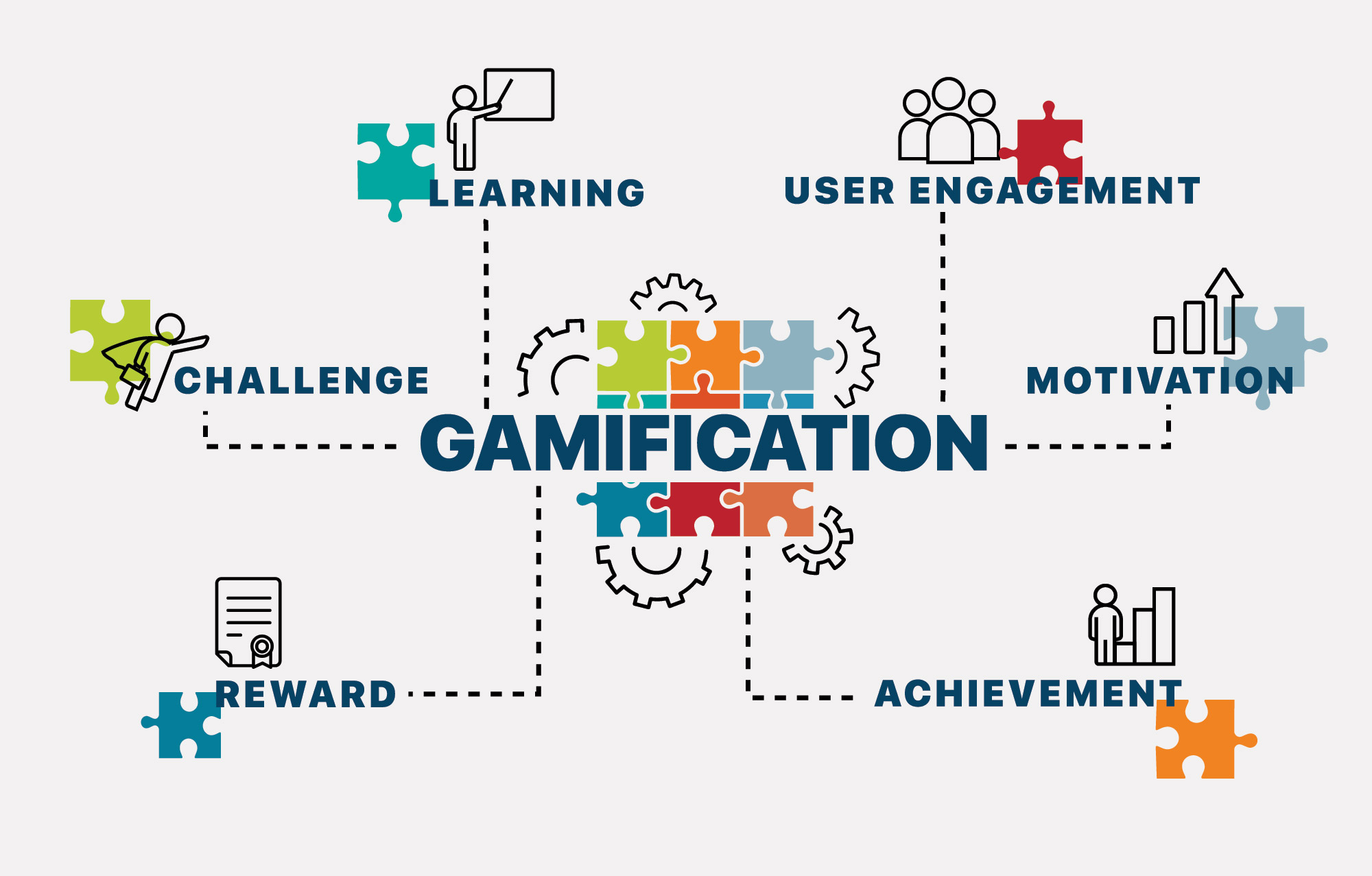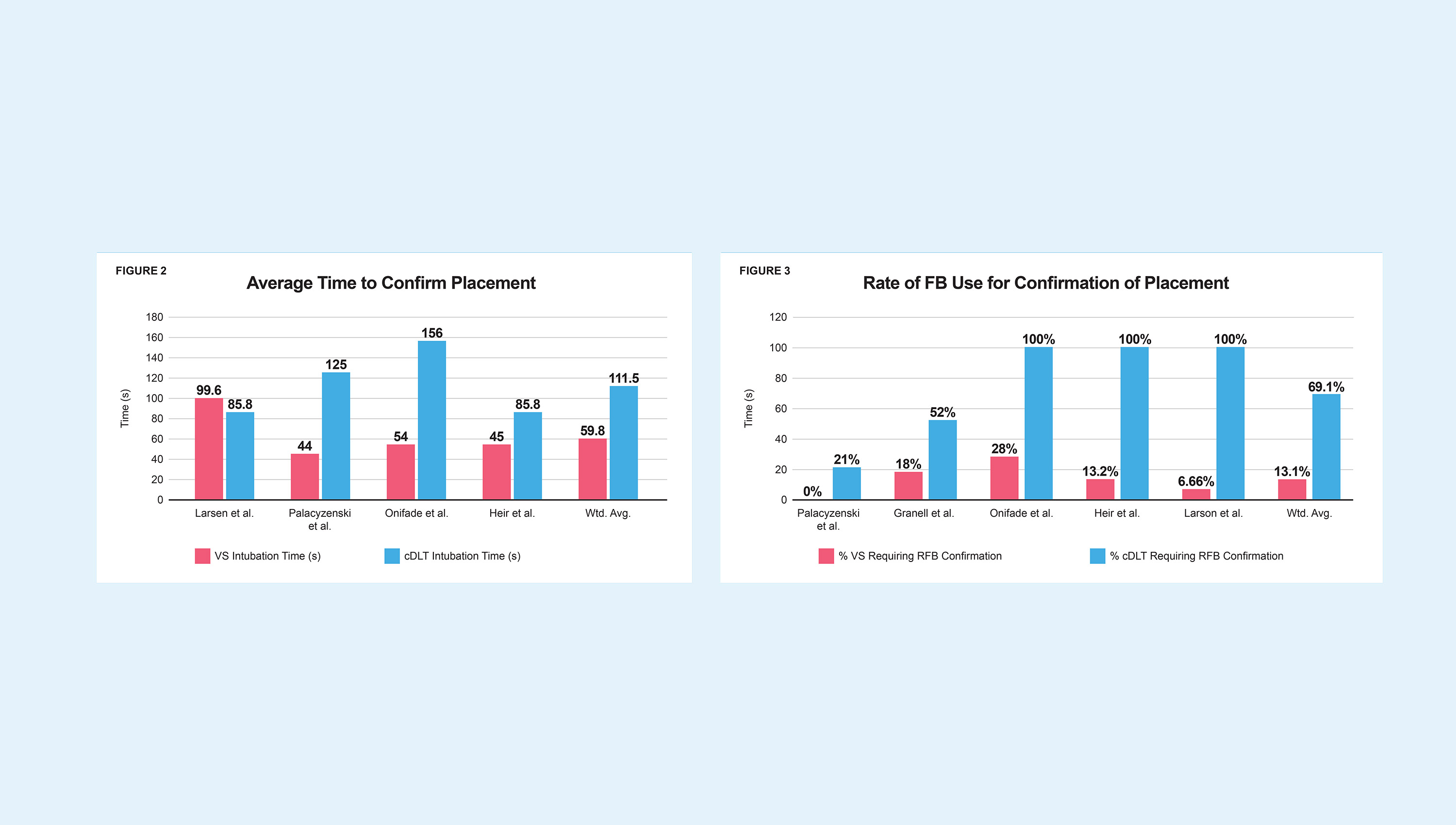
Could a game modeled after the TV show “So You Think You Can Dance?” be effective in teaching otolaryngologist residents?
The medical field has used elements of games in its educational platforms for a decade, and otolaryngology education programs are among those testing the water. There has been little study, however, of the use of gamification.
That’s according to a review by researchers Zack K. Westenhaver, Robert E. Africa and others from the School of Medicine, UTMB Health in Galveston, Texas, and recently published in Laryngoscope Investigative Otolaryngology.
The medical education community, they found, hasn’t “fully embraced gamification” in teaching residents. Medical school leaders should define “gamification” and survey residency programs to identify gamification elements that might add value.
So, what is gamification? It is generally defined as the addition of game elements and game mechanics within a platform to enhance user engagement, according to the authors.
In one recent example, educators took inspiration from the TV show “So You Think You Can Dance?” to teach OB-GYN core curriculum to emergency medicine residents during a virtual conference, according to Dr. Alanna O’Connell and others writing in Cureus.
The game, designed for post-grad emergency medicine students at Thomas Jefferson University Hospital, in Philadelphia, eliminated teams along the way as they answered questions, culminating in a final faceoff. It was well received by participants as being “effective, educational and engaging,” the authors write.
In the gamification review by Westenhaver and others, they examined 13 studies, each of which included three or more gaming elements.
The gaming components observed included point systems, leaderboards, feedback, a question bank, social interaction, progress boards, rewards or badges, and storylines that weave through the game similar to those in video games.
The single otolaryngology study included in the review incorporated a point system, player-to-player communication, instant feedback/solution after a question was answered and a leaderboard.
A study by D. Alexander and others published in Laryngoscope in 2019 showed that otolaryngology students who used online software that ranked participants and gave points based on correct answers scored better than those that did not use the software.
Based on the current state of gaming research, the authors recommend additional studies to see what elements are needed to enhance residency education. Residents and residency programs, they add, should be surveyed to gauge interest in gamification and its role in future residency education — the user engagement potential is worth exploring.


